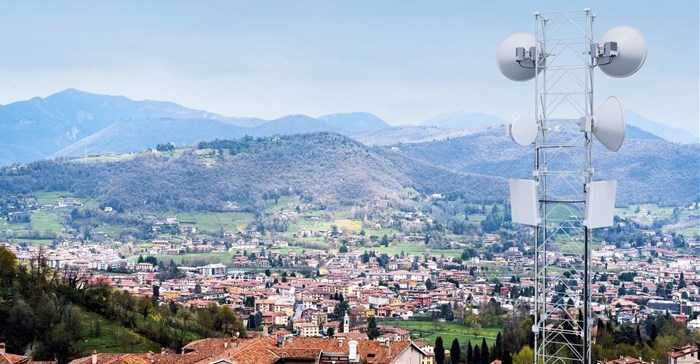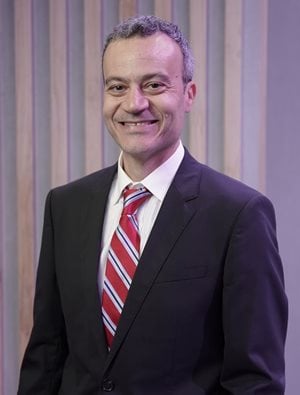
Microwave links are wireless connections that carry data between radio base stations and the core network. They are widely used in Africa because they are cost-effective, flexible and easy to deploy.
However, as the data traffic grows, microwave links need to support higher capacities and longer distances. In this blog, we explore how high-capacity microwave solutions can help communication service providers overcome these challenges and deliver better mobile network performance in Africa.
The E-band spectrum (70/80GHz) is essential for supporting the ever-increasing requirements from the radio access networks (RAN) for 5G and beyond. It offers fibre-like capacities and can be rolled out fast and efficiently.
70/80GHz spectrum has been allocated to E-band microwave use by regulators in several African countries, for instance by both Communications Authority of Kenya (CA) and Nigerian Communications Commission (NCC). Operators in both these countries are enjoying the benefits of E-band transmission links such as fast time to market, lower TCO and latency compared to fibre.
To get the longest distance, lowest antenna size and highest capacity, the most important design parameter to consider is the E-band microwave system gain. This parameter is the sum of output power and the receiver sensitivity. The higher the system gain, the better.

This is particularly important for African countries where heavy seasonal rains can occur. The more rain, the worse it is for E-band links, and a high system gain is vital in these conditions.
There is yet another degree of freedom for E-band links which is called the link availability. While in a normal short haul link we aim for a 99.999% link availability, we can significantly boost the capacity over extended distances if we drop the availability to 99.99%, with no effect on user experience, where a considerable proportion of mobile backhaul traffic is constituted by packet-based data.
We can also further improve link availability by using a traditional band along with the E-band link. In such configurations, both frequencies can be combined using just one dual-band antenna which minimises the number of antennas on the mast.
Lowering energy consumption is a key priority for many of the communications service providers in Africa, for both cost and emission reasons, and some E-band providers have integrated innovations like sway compensation antennae and transport automation controllers to maximise availability, minimise operations, and support efforts.
High capacity at long distances
Long haul microwave links are ideal for high capacities at longer distances and fit well with the needs to connect rural areas in AfricA. This is also frequently used to closing fibre rings, providing link protection and island coverage.
When the need is 2-10Gbps at distances of 10-120km, long haul link solutions are a good match as they can deliver high capacity at long distance. Many of the quite long-distance microwave links where the expected capacity to be carried is relatively low, can easily be served with short haul microwave solutions as well.
Modern microwave long haul links operate at 5-13GHz frequency range. The lower the frequency, the longer the RF signal’s reach. By using multiple channels and multiple frequency bands in combination with adaptive modulation and layer 1 (L1) radio-link bonding, it is possible to reach the targeted capacity and to meet the service-availability needs with long haul microwave.
As mobile data consumption continues its exponential growth in the countries of Africa, addressing capacity demands is imperative. Microwave technology, including E-band and long-haul solutions, offers a robust toolkit to ensure network scalability, performance, and availability.
From the high-capacity, short-distance advantages of E-band links to the long-distance prowess of long-haul solutions, these innovations are poised to shape the future of mobile networks in Africa, driving connectivity, bridging gaps, and enabling the digital revolution.